Dan Leppo on Modernizing Men’s, Cosmetics and Home

The story has now become legend.
In 1967, when Ralph Lauren was just starting out, he talked the team at Bloomingdale’s into buying his fledgling line of wide men’s neckties. The relationship that began that day has persevered and today, the designer’s brand is one of the retailer’s top vendors.
More from WWD
Retail as Theater: A Look Back at Bloomingdale's In-Store Events
Bloomingdale's On Screen: Movies and Television the Store Has Collaborated With
But that was just one of the menswear milestones the department store has racked up over the course of its storied 150-year history.
“The partnership with Ralph — from the introduction of the ties to the first shop in America — is the one that gets a lot of press and is the foundation of our very special relationship with the Ralph Lauren Corp., but we also launched Canali in the U.S., and countless other brands,” said Dan Leppo, executive vice president and general merchandise manager of men’s, kids’, cosmetics and home. “We were also the first to use sports stars in our marketing,” and the Saturday’s Generation department was viewed as a model for merchandising young men’s during its heyday in the ’70s.
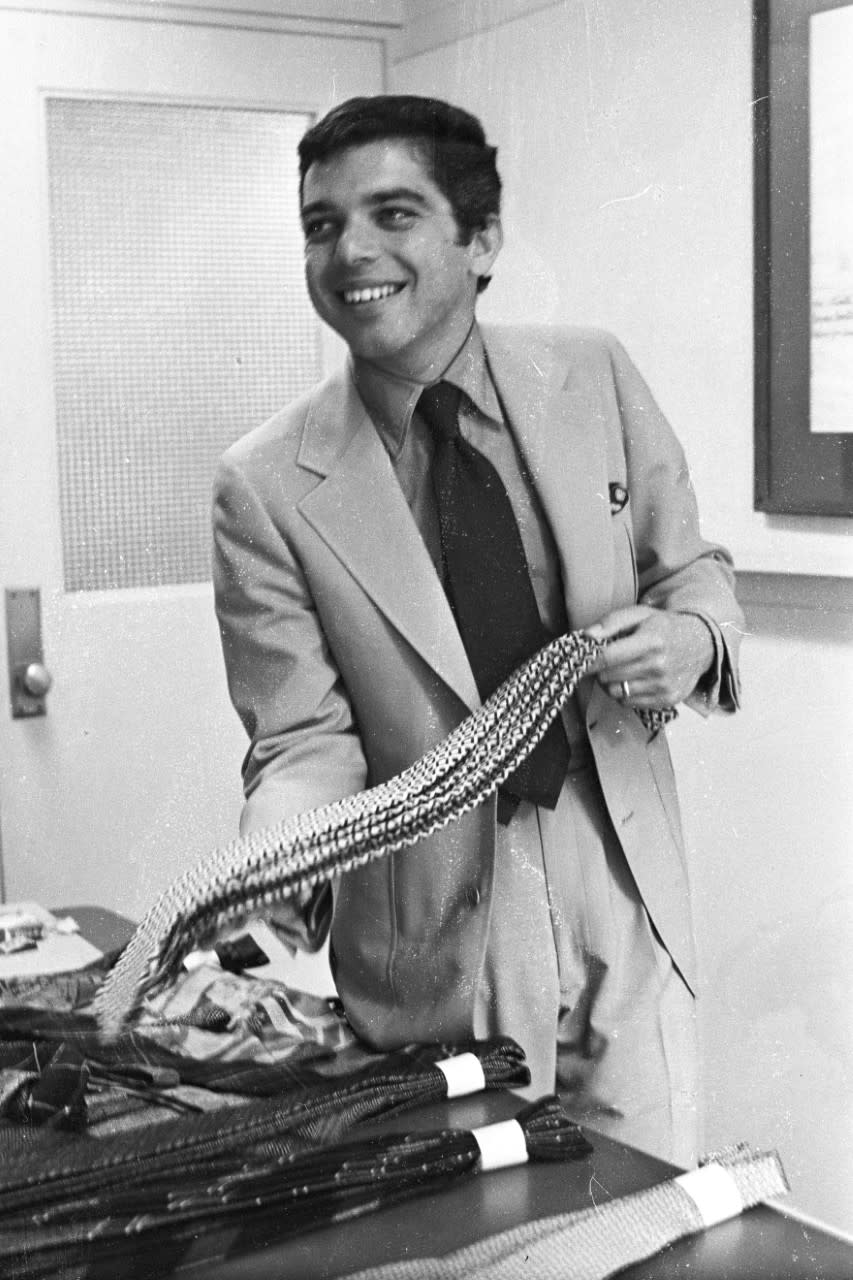
But the store is not resting on its laurels and continues to evolve the men’s offering as it looks toward the next century.
“As we look ahead,” Leppo said, “what I’m most excited about is the continued evolution of menswear.”
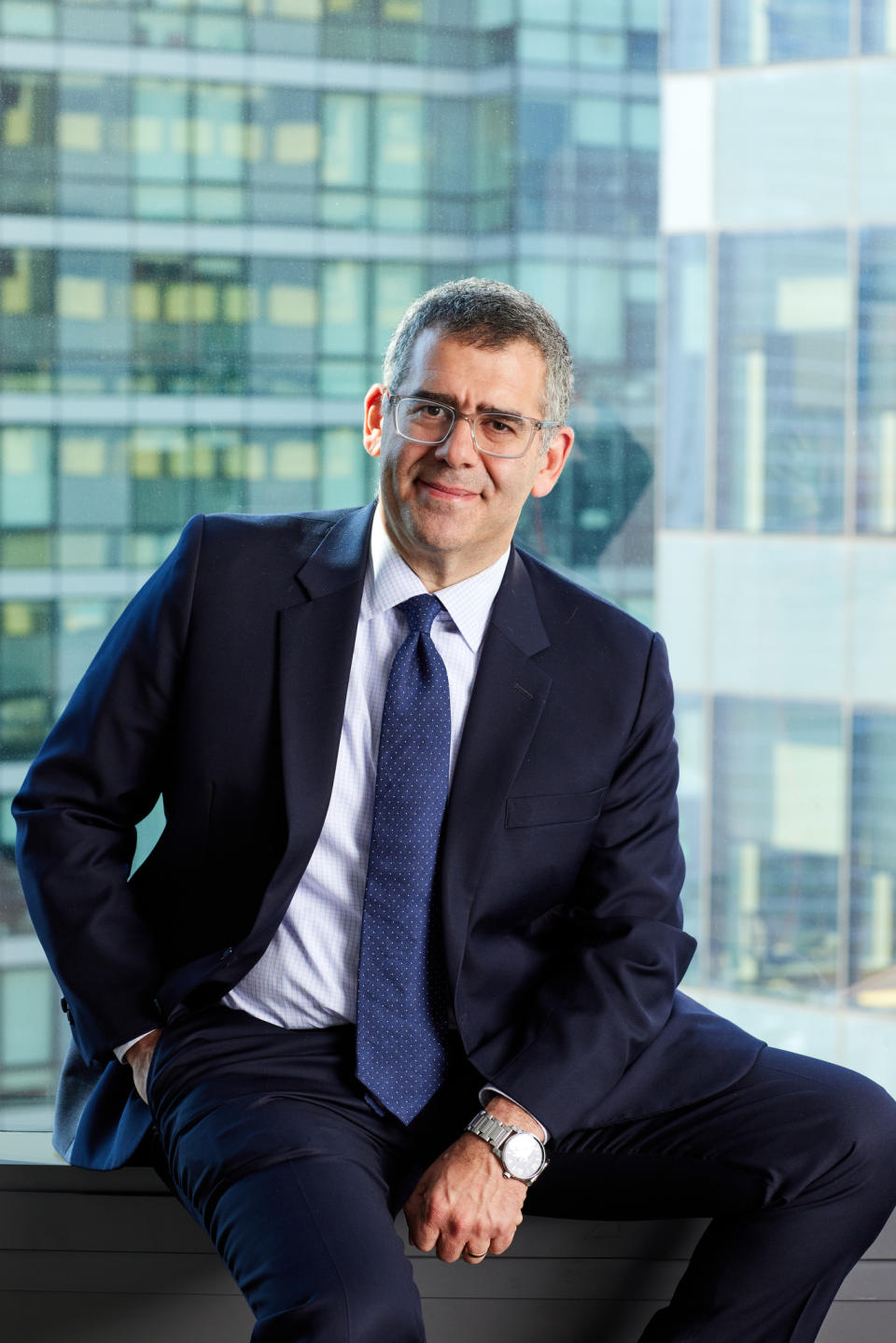
Masato Onoda/WWD
The store is just completing a renovation of the men’s store at the 59th Street flagship where the team was able to “re-conceptualize” the floors “based on how menswear is changing,” he said.
That includes the opening of a 13,000-square-foot reimagined shoe department that boasts 70 percent more space and a wide assortment of casual and dress shoes — from designer to performance brands — as well as accessories, select fragrances and a gallery of hats.
The department addresses the needs of today’s customers who are willing to own many more shoes for a variety of occasions — both dress and casual. In addition to sneakers, this includes shoes from “powerful brands” such as Gucci, Valentino, Tod’s, Saint Laurent and others — many of whom have installed new shop concepts at the store.
But that was just the beginning. There are also new areas for denim and advanced contemporary vendors. “This is the first time that apparel runs from Lexington to Third Avenue on one floor,” Leppo said. The presentation is fluid and includes “innovative smaller brands in the center,” he said. There are shops for Vince, Theory and Stone Island and an area for contemporary bridge brands such as Boss, Varvatos and All Saints. On the north side of the store, where shoes used to be housed, are classic sportswear brands such as Peter Millar along with smaller boutique brands including Sid Mashburn and Faherty. Other brands that are being highlighted include Kenzo, Helmut Lang and Officine Generale, he said.
Leppo further revealed that after a break of some four or five years, the company’s Double RL brand will make its return this fall, the store is building its relationship with Los Angeles-based Ami, and continues to expand with Balenciaga, Saint Laurent, Tod’s and Zegna. “We’re very excited about our continued elevation,” he said.
But the more “gentlemanly brands” haven’t been forgotten either, with new shops for Canali, Armani and the Ermenegildo Zegna made-to-measure offering, as well as Eton. But rather focusing primarily on dress assortments, upscale sportswear is also part of the mix, addressing what Leppo described as a “modern expression of how a gentleman wears a more-tailored garment.”
This represents a rethinking of a category that has been dramatically impacted by the pandemic.
Leppo explained: “We asked ourselves if we were going to spend any energy trying to make tailored clothing go from terrible to just awful, or move to where the customer is going as he comes out of COVID-19 and into having to go to events, out to dinner, to the office. He wants to look more polished, and we really conceptualized how we were going to present the floor with strong dressier sportswear presentations.”
So rather than focusing exclusively on nested suits, the store shows a Harrington jacket with a drawstring pant, for example, to address the demand for hybrid dressing and more-comfortable options.
“What’s really exciting about menswear at the moment is how many men are really engaged in fashion,” Leppo said. “If you think about the evolution of menswear over the last 25 years, there’s continued interest in a man shopping for himself, and the blending of the work and weekend wardrobe. And what that’s allowed is a broad-based recovery with things that are very contemporary and very classic both being strong. Streetwear is evolving — it’s a little less logo-driven, sneakers are too, and we see the rise of Birkenstock and On Running. But that’s the beauty of being a department store. If we are on our game, then we are going where the customer is going. That’s much harder to do when you’re a vertical specialty store.”
And although the macroeconomic situation is always a concern, Leppo has learned not to focus on things he can’t control.
“What we’re doing is staying agile and nimble to continue to flow goods that the customer is interested in and move where they’re moving. And the customer is moving faster than he has ever moved before.”
Leppo said this fast-changing consumer is not just in New York City but in other cities where Bloomingdale’s has stores as well.
“There used to be a much longer lag between something being very hot in New York, L.A. and Miami, and then reaching the suburbs,” he said. But in this social media world, “the timeline is so much shorter. So things may fall off a little faster in some of the big urban markets and last a little longer in some suburban markets, but in terms of the level of interest and awareness, it’s a much shorter delta than it used to be.”
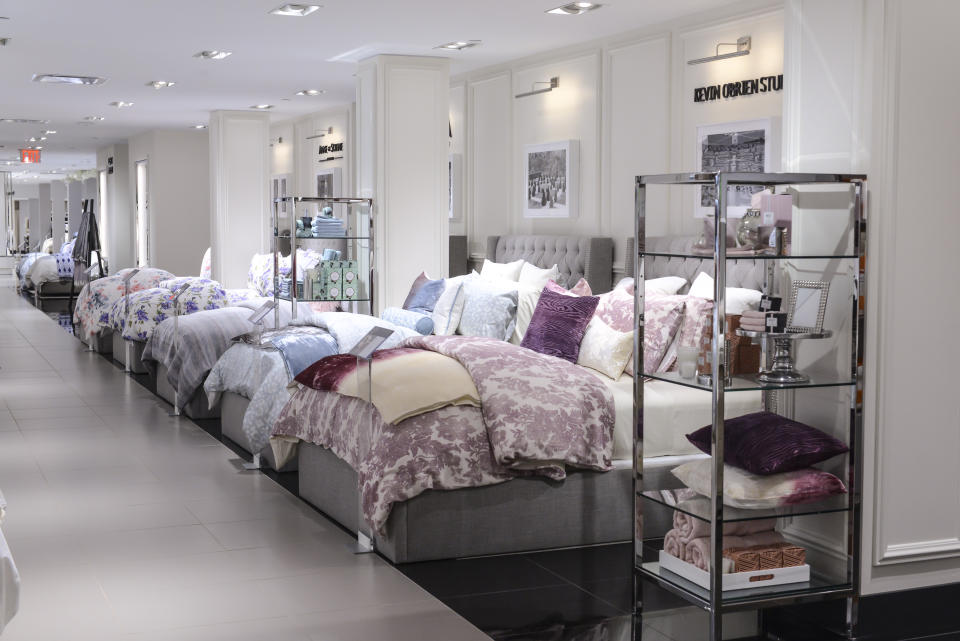
In addition to men’s, Leppo has also been merchandising the home business since 2015. While many competitors have deemphasized or exited that end of the business, it remains an integral part of Bloomingdale’s success.
“Home is a big business for us,” he said. “We’re really the only upscale full-line store in the U.S.: we have furniture, bedding, housewares, kitchen electronics, cookware, tabletop, luggage and a very robust bridal registry business.”
Leppo said the store has built a reputation as the “fashion home store. We have a business model that makes us much more like a Bon Marche, Printemps or Harrods. It takes up three full floors at the flagship. We have some of the biggest luxury brands in the world like Frette, Baccarat and Christofle. I can’t think of another luxury department store in the world that has 72 beds on its textile floor.”
Although the category has always been a differentiator, the business was especially strong during the pandemic when everyone was sheltering at home.
“There was interest in cooking, an interest in renewing your decor when you decided you hated the bed you’re sleeping in or you couldn’t stand your couch anymore,” he said. “Then there was a moment in April of 2020 when Amazon started prioritizing shipping staples to customers and de-prioritized some of their other businesses. And Starbucks pretty much closed all of their stores nationwide. All of a sudden it was Christmas every day for us because I could get orders to customers in 48 hours. That was the first inkling that this could be really interesting for the home business. And it led customers who loved us and our apparel to discover us for home too.”
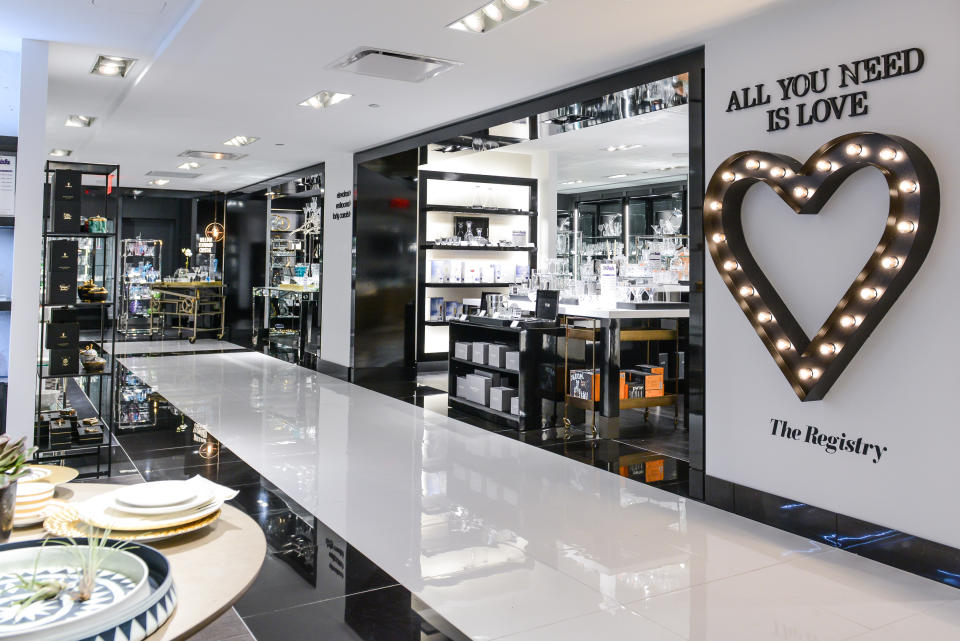
And Leppo is expecting the momentum to continue.
“We’re in a moment right now where there will be the most weddings since 1984. And we have a very strong bridal registry business. Tabletop is very strong right now as is luggage as people begin to travel again, both for pleasure and for work.”
One year ago, Leppo was also given oversight of the cosmetics business, a lucrative category with an “energy and buzz” like no other. Now that the pandemic has eased, the store will be returning to events this fall, bringing aestheticians back to the floor along with makeup clinics and other popular customer draws such as spa rooms in every store where shoppers can work privately with associates to test skincare products — from La Prairie and Lancôme to Clinique.
This blending of entertainment with commerce has helped Bloomingdale’s build big businesses with its brand partners in a variety of categories.
Leppo cited luxury fragrance as a business that has been “incredibly strong,” from Maison Francis Kurkdjian to Creed and Number 9 which have been “absolutely stunning in their growth. They’re very limited in their distribution and offer incredible value for what they are.”
The treatment business, led by brands such as La Prairie and Sisley, is strong, and while color overall “has been a little slower in its return,” Chanel has been a standout, as has Charlotte Tilbury and Dior, he said.
While cosmetics is dominated by product targeted to women, men have also shown more interest in the category.
“Men have become more engaged in treatment,” he said. “And on the fragrance side, it’s a very big piece of the business,” with brands such as Tom Ford and Kiehl’s especially popular with guys.
For both genders, the days of the aggressive spritzers are long past, replaced by an elevated service experience that helps customers better understand the value and properties distinct to each product.
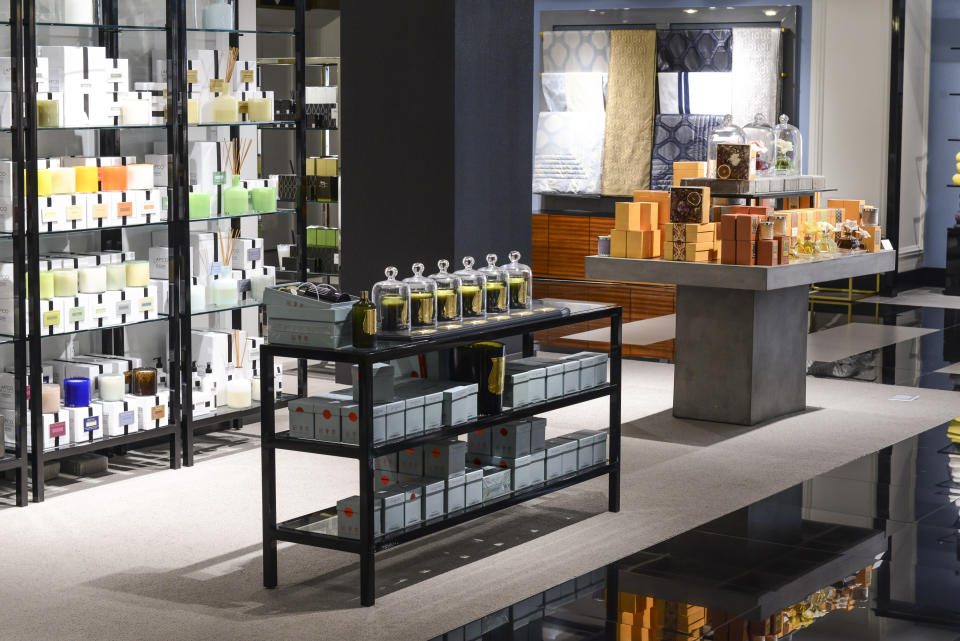
Regardless of department, Bloomingdale’s will be celebrating its anniversary throughout the store with a slew of special events.
In men’s, Leppo singled out a Zegna bespoke event that goes beyond the traditional trunk show and will instead include stylists who work with celebrities for award shows to provide their distinct sensibilities to Bloomingdale’s customers.
In a full-circle moment, the team is also working with Ralph Lauren on a special capsule for the anniversary. And while there may or may not be wide ties, the store will take over the bar restaurant for lunch to treat customers to a meal.
So, what’s on tap for Bloomingdale’s for the next 150 years? Leppo is taking it one day at a time.
“We spend a lot of time trying to be of the moment,” he said. Whether that’s “landmark moments like the Ralph shop,” or partnerships with Rent, Evan Hanson, the Beatles, Rob Thomas of Matchbox 20 and other moments over the years, “I hope we spend just as much energy and effort being of the moment for the next 150 years because that’s really our connection with our customer and where their mind-set is.”
Sign up for WWD's Newsletter. For the latest news, follow us on Twitter, Facebook, and Instagram.
RSVP for "A Matter of Style", a Fairchild Archive exhibition September 9-10 in New York City.

